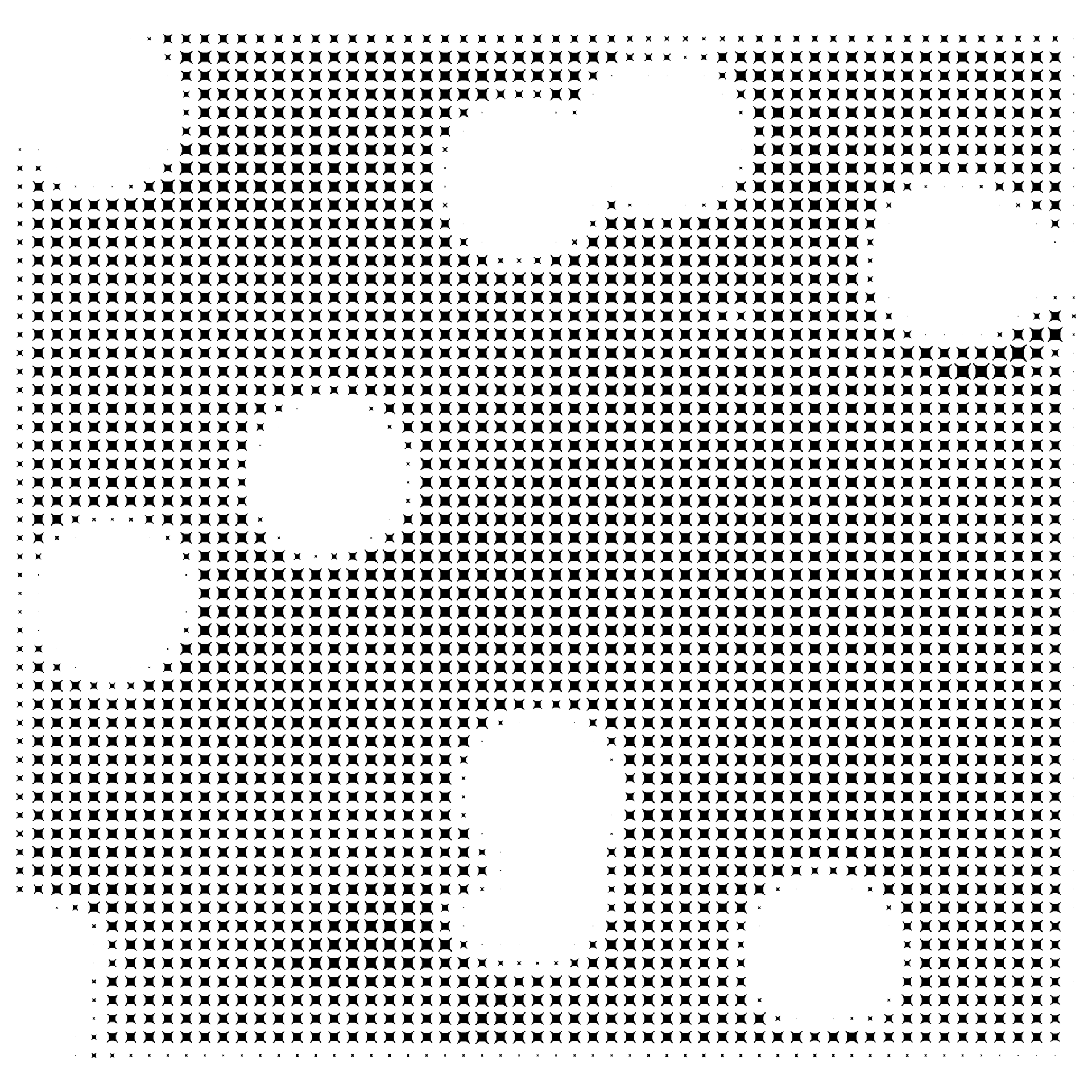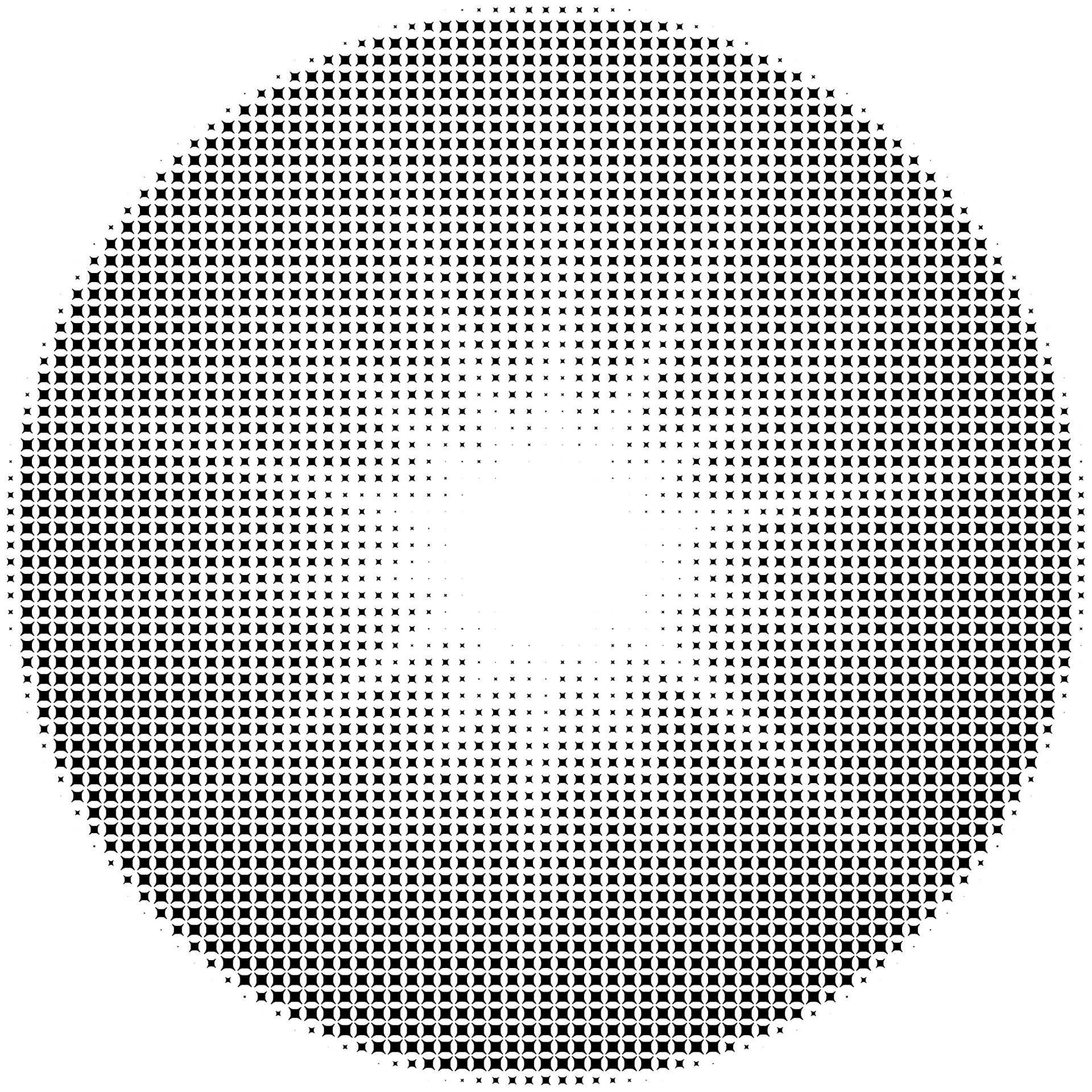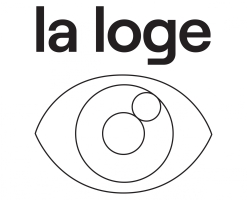Dans ce lieu de déséquilibre occulte
Mathieu Kleyebe Abonnenc

Exhibition view, Mathieu Kleyebe Abonnenc, Dans ce lieu de déséquilibre occulte.
Left : The Invaders’ anatomy resurrected and tuned to the music of painted silence, 2018. Organ flutes, snake molts. Part of the façade of the holy chapel of the castle of the Dukes of Savoy. Right : The Night Reader, for Wilson Harris (1), 2018
Turtle shell (Chelonia mydas), gallium. Collection Musée d’art contemporain de la Haute-Vienne - Château de Rochechouart ; The Night Reader, for Wilson Harris (2), 2018
Turtle shell (Chelonia mydas), gallium. Private collection ; The Night Reader, for Wilson Harris (3), 2018. Turtle shell (Chelonia mydas), gallium. Courtesy of the artist. Photo : Marc Domage / le Crédac, 2023

Exhibition view, Mathieu Kleyebe Abonnenc, Dans ce lieu de déséquilibre occulte. Photo : Marc Domage / le Crédac, 2023

Exhibition view, Mathieu Kleyebe Abonnenc, Dans ce lieu de déséquilibre occulte. Photo : Marc Domage / le Crédac, 2023

Mathieu Kleyebe Abonnenc in collaboration with Thomas Tilly, The music of living landscapes (a revisitation, V2), 2022. Sound installation for six speakers, 34 min 10 sec. Archival documents, field recordings, electronics Courtesy of the artists. Photo : Marc Domage / le Crédac, 2023.

Mathieu Kleyebe Abonnenc in collaboration with Thomas Tilly, The music of living landscapes (a revisitation, V2), 2022. Sound installation for six speakers, 34 min 10 sec. Archival documents, field recordings, electronics Courtesy of the artists. Photo : Marc Domage / le Crédac, 2023.

Mathieu Kleyebe Abonnenc, La musique des paysages vivants, 2022. HD video, 34 min 10 sec. Translation: Antoinette Jattiot. Intertitles: Hodei Berasategui. Courtesy of the artist. Photo : Marc Domage / le Crédac, 2023.

Mathieu Kleyebe Abonnenc, Limbé (takes 1 & 2), 2021. Film 16mm HD transfer, 10 min (each). Choreography and interpretation: Betty Tchomanga. Images: Victor Zébo. Production: Grande Halle de la Villette - Ròt-Bò-Krik. Courtesy of the artist. Photo : Marc Domage / le Crédac, 2023.







Mathieu Kleyebe Abonnenc’s recent sculptures, videos and installations draw on the work of the Guyanese writer Wilson Harris (1921-2018).
Like Harris, who was born in what was then British Guiana where he worked as a surveyor and hydrologist for 17 years, Abonnenc is a meticulous observer of the former French colony in the Guyanas, now part of France. His pieces, infused with Harris’s poetic and cosmogonical outlook, occupy the whole of the Crédac’s space, turning it into a kind of open book.
The artist’s personal experience and real and fictional stories common to Caribbean societies come together in the living, sonorous landscape visitors are invited to explore. In this Zone of occult instability, our eyes and ears must first learn to better see and hear before they can make out the traces and scars that have indelibly marked the land, trees and rivers, whose voices were captured for this exhibition by the sound artist Thomas Tilly.
This violent history has left its imprint on this terrain, like on the bodies of those who were subdued here or brought by force and their descendants. The echo of this violence still powerfully resonates in the landscape, so that visitors can almost feel it. The land and the dance of the days of its people tell a story that is also about a redemptive resilience and resistance
The darkness dominating in some of the parts of the exhibition simultaneously recalls the hold of a slave ship, the shadows beneath the thick Amazonian rainforest canopy and the instability of matter that haunts Harris’s writing. This zone of occult instability is also a space whose people are actively working to emancipate themselves from a painful past, in a kind of recovery “through the creative affirmation of the colonial trauma and its existential deviations.” 1
Abonnenc has invited some of the researchers, choreographers, artists and film programmers he works with to collaborate in this exhibition. They include Alexandre Dimos, Betty Tchomanga, Thomas Tilly, Elvan Zabunyan and Victor Zébo.
Documents
Artists biography
-
Mathieu Kleyebe Abonnenc lives and works in Sète (FR). His multi-faceted approach is characterized by artistic projects, research, curating and film programming and explores areas neglected by colonial and post-colonial history. He collaborates with actors from diverse disciplinary fields.
Recent solo exhibitions include In the Womb of the Glass Ship at La Loge (Brussels, 2022), Gods Moving in Places. The Day Reader at IFA (Berlin, 2022), The Music of Living Landscapes at Kestner Gesellschaft (Hanover, 2022), The Peacock Palace at the Musée départemental d’art contemporain (Rochechouart, 2018), Concerning Solitude at the Jumex Foundation (Mexico City, 2018), Maintenir la distance, at Guyane Art Factory (Cayenne, 2017), Mefloquine Dreams at MMK (Frankfurt, 2016), Songs For a Mad King, at Kunsthalle (Basel, 2013) and Préface à des fusils pour Banta, at Gasworks (London, 2011).
He is currently a PhD student at EDESTA- Paris 8. He also writes and co-edits books with the publishing houses B42 and Ròt-Bò-Krik. -
Thomas Tilly is a musician using the microphone and the loudspeaker as his main instruments of creation.
Located in the field of experimental music research, his approach to sound recording addresses questions of our relationship to listening and the perception of sound beyond naturalistic presuppositions. Involved for the past ten years in several collaborative projects with teams of biologists and anthropologists, his work operates a constant back and forth between objects attributed to “nature” and those to “human worlds”.
Field Recording for Thomas Tilly
“It is not only a question of capturing sound, but of placing the microphone in the same rank as the musical instrument and of considering the situation of this instrument in space as a method of composition; it is a question of diverting its role of communication tool to apprehend the sound wave differently. To attack an immaterial crossing all that constitutes and conditions the material, to be attached to speak and use the noise like something precious and unique, to confront this noise with what we call music.





